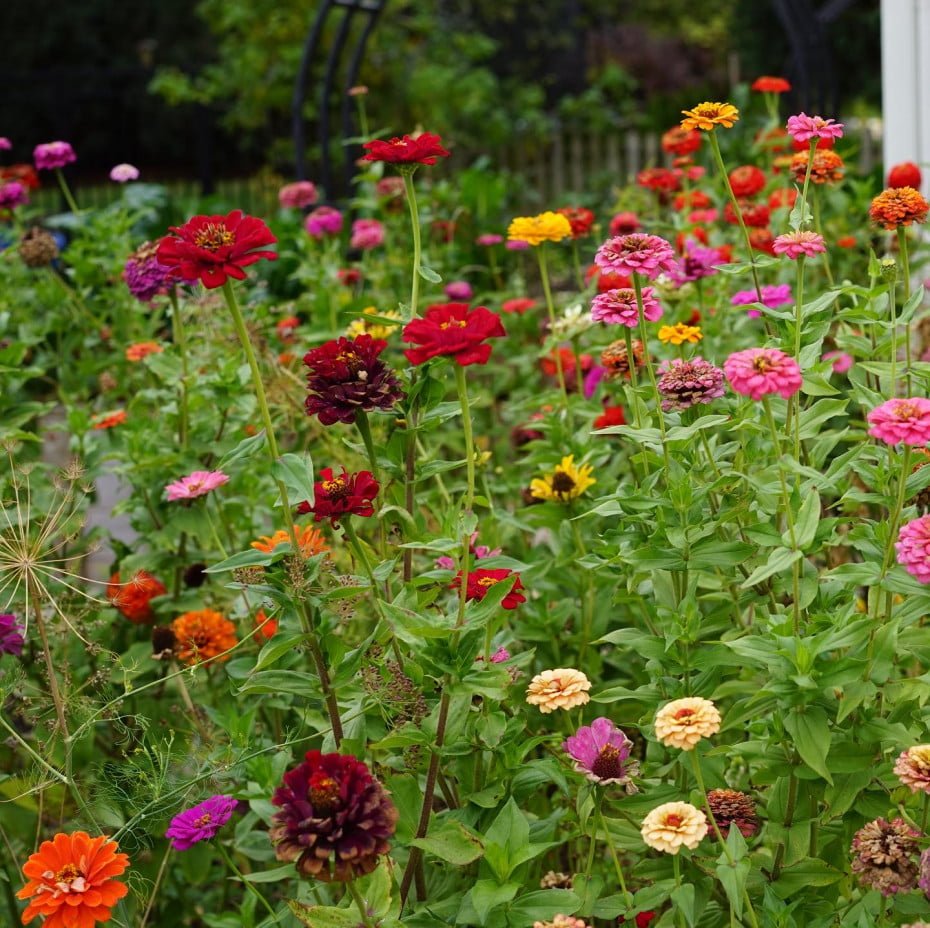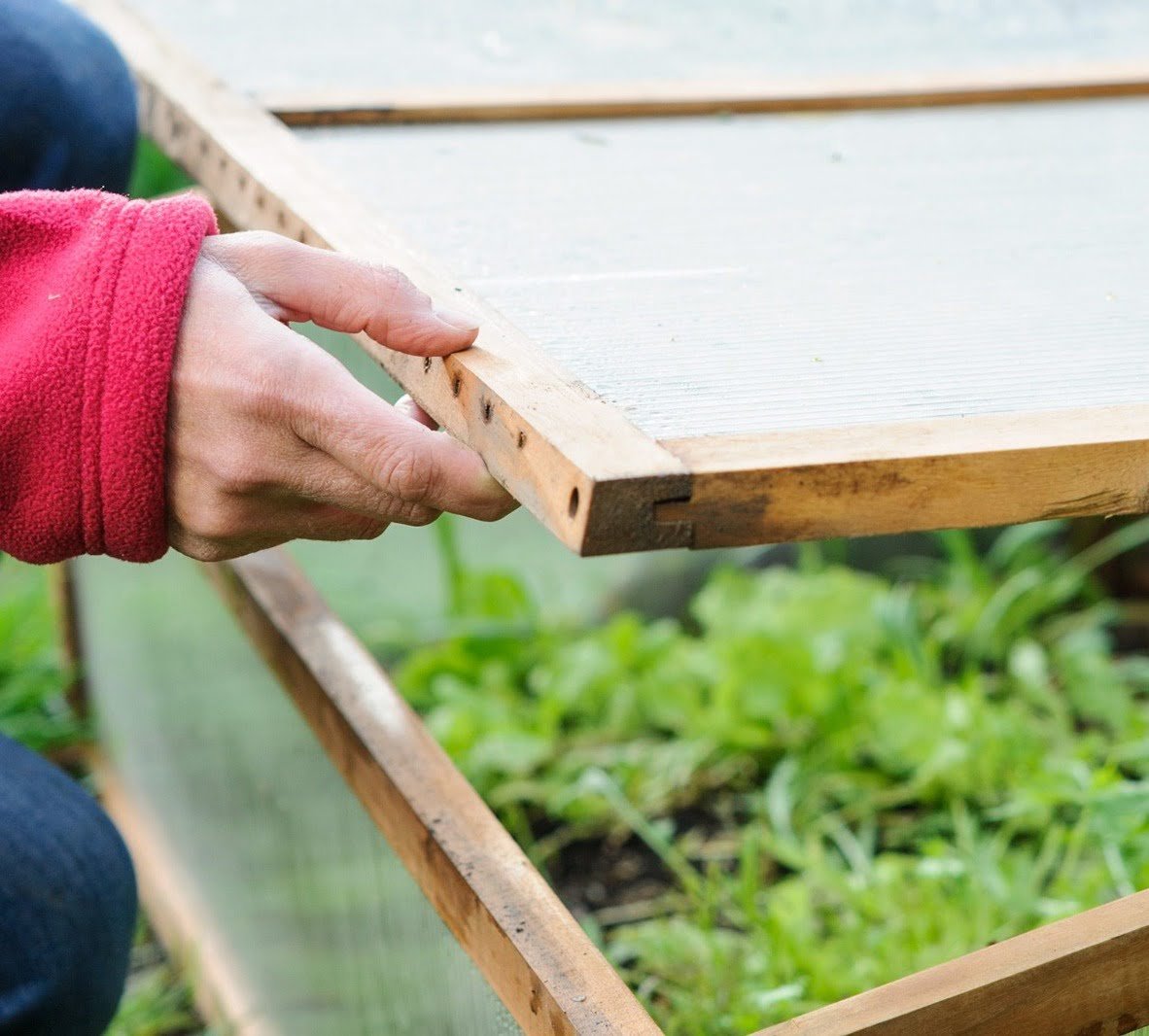Safeguard your beloved plants from the harsh winter weather with this detailed guide. Learn practical tips and techniques to winterize your garden effectively, ensuring a vibrant and healthy comeback in spring.
How to Protect Plants Over Winter

Gardening is a labor of love, and protecting your plants during the cold winter months is crucial to ensuring their survival and continued growth. The harsh conditions, including freezing temperatures, heavy snow, and strong winds, can wreak havoc on even the hardiest of plants. By taking the necessary precautions, you can help your plants make it through the winter unscathed and ready to flourish once spring arrives.
Understanding Plant Hardiness
Before we dive into the specifics of winter plant protection, it’s essential to understand the concept of plant hardiness. Plants are classified according to their ability to withstand low temperatures, with hardy plants being more tolerant of cold weather than tender ones. Understanding your plants’ hardiness zones can provide valuable insight into the level of protection they require.
Preparing Your Garden for Winter
Clean Up the Garden

The first step in winterizing your garden is to clean up any dead or decaying plant material. This includes removing fallen leaves, spent annuals, and debris that could harbor pests or diseases. A clean garden bed reduces the risk of overwintering pests and diseases, ensuring a healthier start to the next growing season.
Prune Strategically

Pruning is an essential task for many plants, and winter is an ideal time to do it. Removing dead or damaged branches not only improves the plant’s appearance but also encourages new growth in the spring. However, be cautious when pruning certain plants, as some species are better left unpruned until after the winter has passed.
Mulch Generously

Mulching is one of the most effective ways to protect plants over winter. A thick layer of organic mulch, such as shredded bark, leaves, or straw, insulates the soil and plant roots, preventing them from freezing. Mulch also helps retain moisture in the soil, which is crucial for plant health during the dry winter months.
Protecting Specific Plant Types
Perennials

Perennials are plants that come back year after year, and many of them require special attention during the winter months. Once the first hard frost hits, cut back the stems of herbaceous perennials to about 6 inches above the ground. This prevents the plants from becoming top-heavy and helps them conserve energy for the next growing season.
For tender perennials that cannot withstand freezing temperatures, consider digging them up and overwintering them indoors or in a greenhouse. Alternatively, you can provide extra insulation by covering them with a thick layer of mulch or a protective structure, such as a cold frame or cloche.
Shrubs and Trees

Most hardy shrubs and trees can withstand the winter without special protection, but young or recently planted specimens may benefit from additional insulation. Wrap the trunks and lower branches with burlap or tree wrap to prevent frost cracks and sunscald.
For evergreen shrubs and trees, consider applying an anti-desiccant spray, which helps prevent moisture loss and browning of the foliage during dry, windy conditions.
Roses

Roses are a beloved garden staple, but they require extra care to make it through the winter unscathed. After the first hard frost, mound soil, compost, or mulch around the base of the plant, covering the graft union (the swollen area at the base of the plant where the rose variety was grafted onto the rootstock). This insulates the vulnerable graft union and prevents damage from freezing temperatures.
For added protection, you can also cover the entire plant with a rose cone or a sturdy structure like a wire cylinder filled with straw or leaves.
Tender Plants and Annuals

Tender plants, such as annuals, tropical plants, and vegetables, cannot withstand freezing temperatures and must be brought indoors or protected with a greenhouse or cold frame. If you plan to overwinter these plants indoors, gradually acclimate them to lower light levels and cooler temperatures before bringing them inside.
Winter Watering

While plants require less water during the winter months, it’s still essential to water them periodically, especially during dry spells. The key is to water deeply but infrequently, allowing the soil to partially dry out between waterings. This prevents the roots from becoming waterlogged or frozen, which can lead to plant damage or death.
Additional Protection Measures
Covering Plants

In areas with severe winters or unexpected frosts, covering plants can provide an extra layer of protection. Use materials like burlap, frost blankets, or row covers to insulate your plants and shield them from the elements. Be sure to anchor the covers securely to prevent them from blowing away during strong winds.
Windbreaks and Shelters

Strong winds can cause significant damage to plants by drying them out and breaking branches. Consider setting up windbreaks or shelters around your garden using materials like burlap, fencing, or even hay bales. These barriers can help create a protected microclimate and minimize wind exposure.
Monitoring and Maintenance
Throughout the winter, it’s essential to monitor your plants and adjust your protection methods as needed. Check for signs of damage, such as browning leaves or broken branches, and address any issues promptly. Additionally, ensure that your protective coverings or structures are intact and functioning properly.
Embracing the Winter Wonderland
While winter can be a challenging time for gardeners, it’s also an opportunity to appreciate the beauty and tranquility of the season. Embrace the winter landscape by incorporating elements like bird feeders, decorative branches, and evergreen accents into your garden design.
By following these practical tips and techniques, you can help your plants survive the harsh winter conditions and emerge stronger and healthier in the spring. With a little preparation and care, your garden will be ready to bloom and thrive once again when the warmer weather returns.
Pingback: Black and Yellow Caterpillars (With Pictures) – Identification Guide
Pingback: Caterpillars in California: Exploring the Diverse World
Pingback: Growing Hens and Chicks Plants in Gardens and Pots
Pingback: Forsythia Flowers: Seasonal Care and Blooming Secrets
Pingback: Cultivating Iris Flowers: Tips for Stunning Blooms
Pingback: Hyacinth Flowers: Essential Planting and Growing Tips
Pingback: Tulip Flowers Care: From Planting to Blooming Guide
Pingback: Growing Pampas Grass: Tips for a Thriving Garden -
Pingback: Fishbone cactus : How to grow and care for this unique houseplant
Pingback: Boost Your Hanging Succulents : The Ultimate Fertilizing Guide
Pingback: Amazing Nature’s Trees that start with P
Pingback: Floss Flower Planting and Growing Tips for Beginners
Pingback: How To Grow and Care For Honeysuckle – A Fragrant Guide
Pingback: Flame Lily : A Comprehensive Guide to Growing and Caring
Pingback: 15 Black and Orange Caterpillars (With Pictures) - Gardener's School
Pingback: Wall Decor Ideas : Stunning Indoor Plant Living Art - Gardener's School